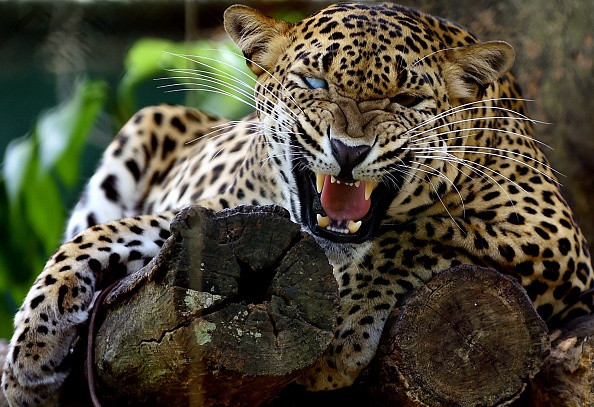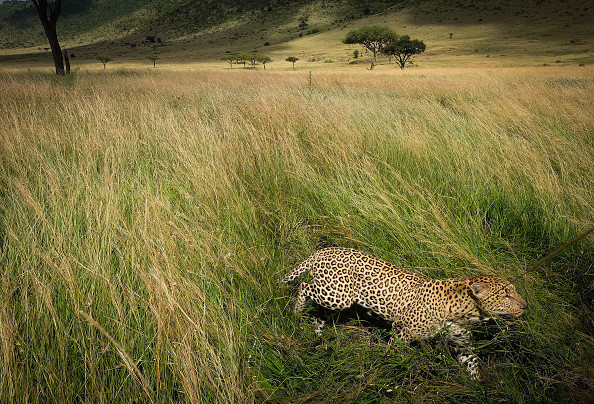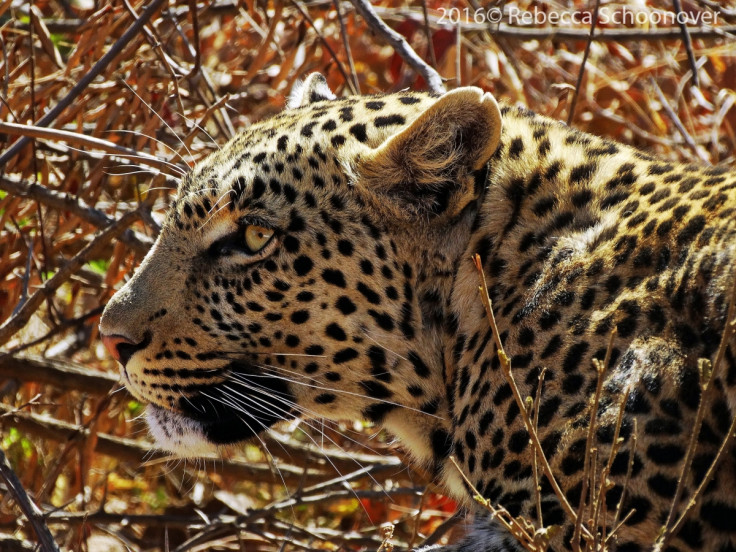Poaching, trophy-hunting and severe habitat loss threaten world leopards

The world leopard population is in decline, and in some regions, the big cat may even be critically endangered, scientists claim. The species may now only occupy a quarter of its historic territory.
Since leopards are elusive creatures that are hard to spot and highly adaptable to changing environments, it is usually considered that the species is not severely threatened across its range. The latest study, published in the journal PeerJ, challenges this view.
Looking at a variety of sources regarding leopards' historic and current range, an international team of scientists have discovered that the species may rapidly be losing members to habitat loss, trophy hunting, poaching or lack of preys.
"Leopards' secretive nature, coupled with the occasional, brazen appearance of individual animals within mega-cities like Mumbai and Johannesburg, perpetuates the misconception that these big cats continue to thrive in the wild – when actually our study underlies the fact that they are increasingly threatened," says co-author Luke Dollar.
Leopard population distribution
In what seems to be the most comprehensive review of leopard population to date, the scientists compiled and analysed 6,000 records at 2,500 locations from over 1,300 sources on its historic and actual distribution. While the species as a whole does not appear as threatened as some other big cats, such as tigers, leopards still face a number of significant threats in the wild. The study reveals three out of its nine subspecies have almost disappeared.

Leopards are now absent in about 75% of the territories they used to occupy. They could previously be located in a large area – approximately 35 million square kilometres – throughout Africa, the Middle East and Asia but are now restricted to approximately 8.5 million square kilometres.
Diversity across regions
Although the overall picture described in the study is quite negative, the researchers point out the important heterogeneity within the species. Of the nine recognised subspecies, three account for 97% of the leopard's extant range while another three have each lost as much as 98% of their historic range.
In several regions across the Asian continent, leopards have been completely eradicated, mainly because of habitat loss. In contrast, in the Caucasus Mountains and the eastern provinces of Russia, leopard populations have stabilised and may even be growing again thanks to the establishment of protected areas and vigorous anti-poaching measures.

Leopards are among the most adaptable animals in the world, capable of surviving in human-dominated landscapes if they have sufficient cover, are able to hunt wild preys and are respected by humans. However, the factors participating to leopard decline in some parts of the world – such as habitat loss, prey decline, illegal trade in leopard skins or legal trophy hunting – complicates their survival efforts.
"The international conservation community must double down in support of initiatives – protecting the species. Our next steps in this very moment will determine the leopard's fate", co-author Philipp Henschel concludes.
The study was carried out by different scientific partners including the National Geographic Society's Big Cats Initiative, international conservation charities the Zoological Society of London (ZSL) and Panthera and the International Union for Conservation of Nature (IUCN) Cat Specialist Group.
© Copyright IBTimes 2025. All rights reserved.




















